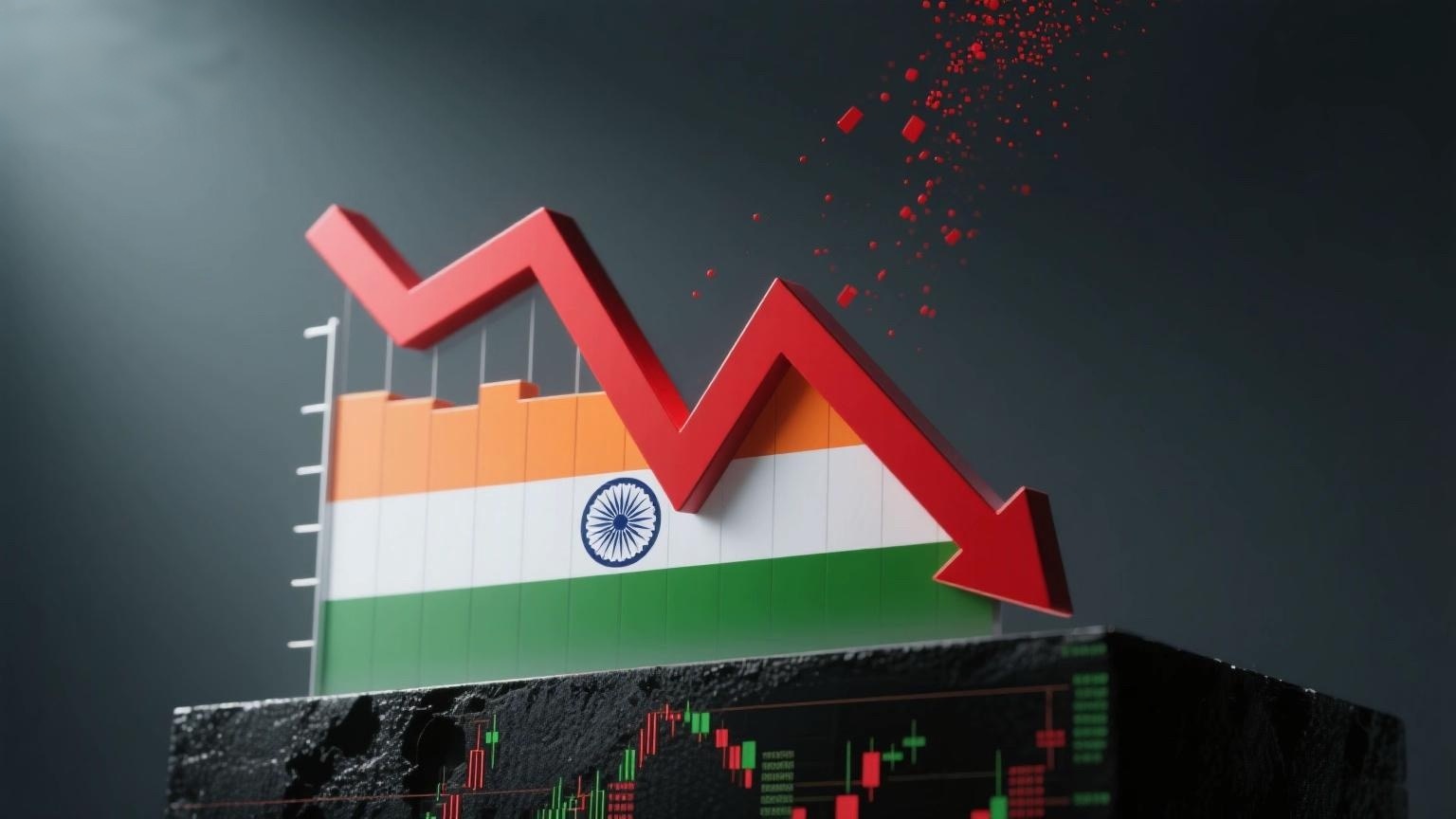
Although U.S. stocks continue to hit record highs, the stock markets in India and other countries have underperformed. India’s SENSEX30 index has been adjusting downward, falling 0.95% on August 8.
U.S. President Trump signed an executive order on August 6, imposing an additional 25% tariff on Indian exports to the U.S., citing India’s "direct or indirect import of Russian oil." Currently, the overall U.S. tariff rate on India has reached as high as 50%.
India’s Ministry of External Affairs swiftly responded, calling the U.S. tariff hikes and other actions "unfair, unjust, and unreasonable," and announced that it would take all necessary measures to safeguard national interests.
On August 8, the World Trade Organization (WTO), in its updated forecast, stated that global merchandise trade is expected to grow by 0.9% in 2025, an improvement from the -0.2% forecast in April but lower than the pre-tariff hike estimate of 2.7%. WTO economists attributed this revision mainly to early imports by the U.S.
The WTO believes that, over time, higher tariffs will put pressure on trade, reducing next year’s expected trade volume growth from the previous 2.5% to 1.8%.
WTO Director-General Ngozi Okonjo-Iweala said, "Global trade has shown resilience in the face of persistent shocks, including the recent tariff hikes. Early imports and improved macroeconomic conditions provide modest support for the 2025 outlook. However, the full impact of recent tariff measures is still unfolding. The shadow of tariff uncertainty continues to weigh heavily on business confidence, investment, and supply chains. Uncertainty remains one of the most disruptive forces in the global trade environment."
"Yet, fortunately, so far, a broader retaliatory cycle that could severely harm global trade has been avoided. The WTO Secretariat will continue to closely monitor developments, including further studying the impact of the latest tariff measures on trade shares under the Most-Favored-Nation (MFN) principle in global trade," she added.
















